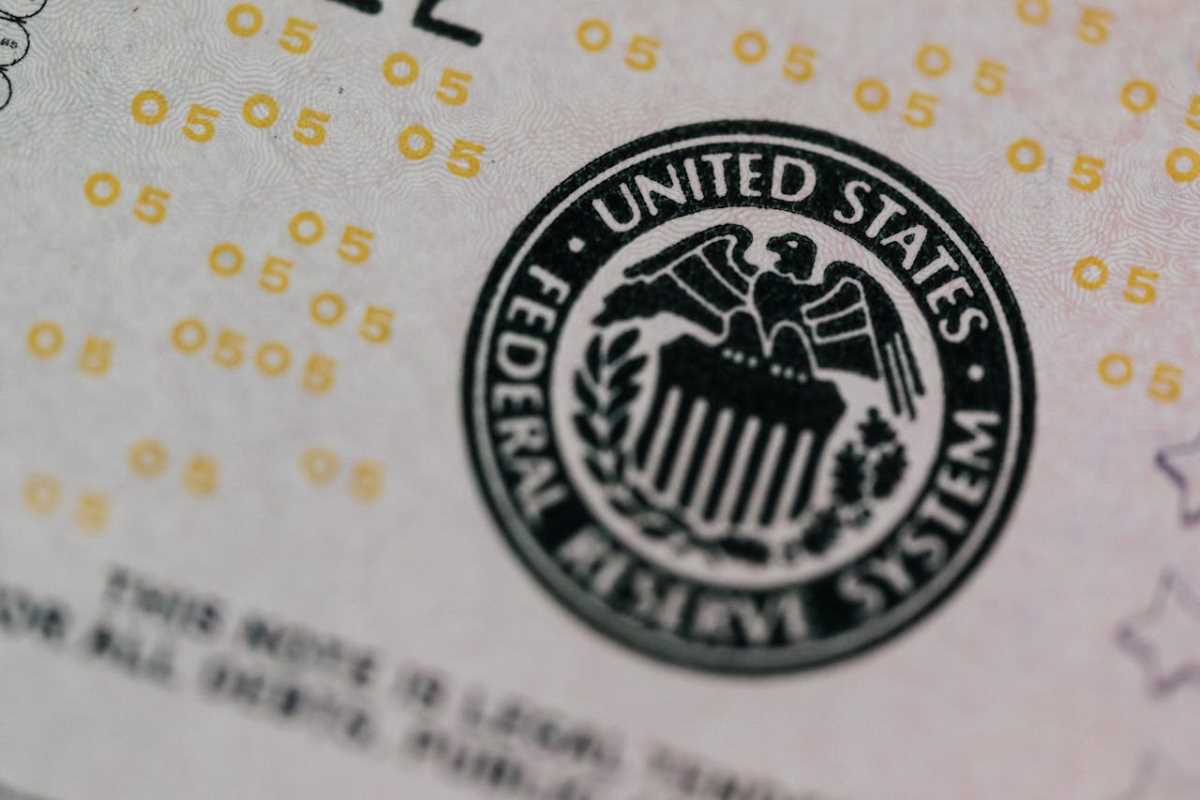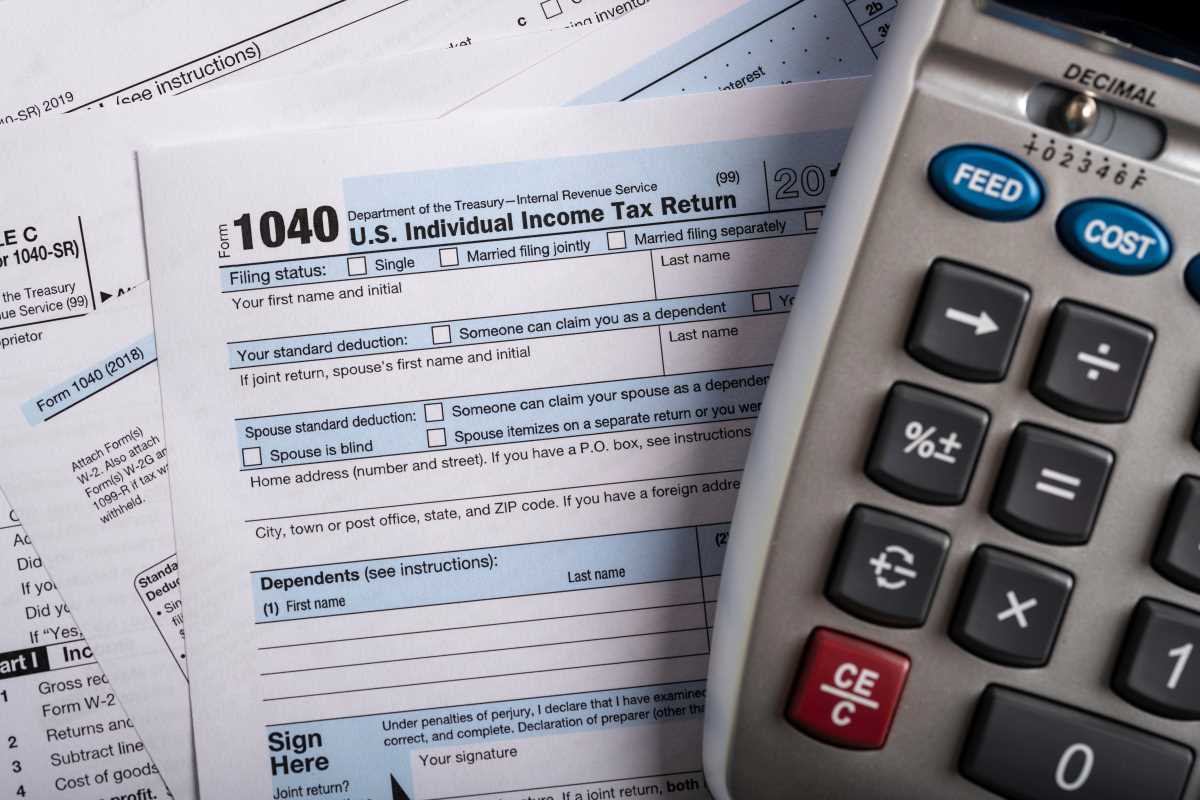Managing monthly bills can often feel overwhelming, especially when juggling multiple due dates, payment amounts, and varying billing cycles. However, simplifying your bill management process with better organization can reduce stress, avoid late fees, and even help you save money. Whether you are a busy professional, a parent, or someone managing finances alone, mastering the art of bill organization is key to gaining control over your financial life. This article will explore practical strategies for simplifying your monthly bills, staying on top of payments, and maintaining financial stability.
1. Make a List of All Monthly Bills
The first step in organizing your monthly bills is to create a comprehensive list of all the payments you must make. While this may seem simple, it’s easy to forget about occasional or less frequent bills, so include everything. Start by writing down each bill’s name, the payment amount, and the due date. Once you’ve identified your bills, you’ll have a clearer view of what needs to be paid each month. Here are some examples of common monthly bills:
- Rent/Mortgage: Your primary housing payment is often the most significant monthly expense.
- Utilities: These include electricity, water, gas, trash removal, and internet service.
- Subscription services: Streaming platforms like Netflix, Spotify, Amazon Prime, and gym memberships.
- Insurance premiums: Health, car, home, and life insurance payments.
- Credit card bills: If you carry a balance, you must account for at least the monthly payment.
- Student loans: Loan payments, whether federal or private, should be tracked to avoid missed deadlines.
2. Set Up a Bill Payment Schedule
Creating a bill payment schedule is an effective way to prevent missed or late payments. Once you’ve identified all your monthly bills and their due dates, create a calendar that marks when each bill is due. You can use an old-fashioned paper calendar, a spreadsheet, or a digital calendar to track these dates. Many apps, like Google Calendar, allow you to set reminders or alarms a few days in advance, ensuring you have enough time to make your payments. Some helpful tips for creating your payment schedule:
- Group due dates: If possible, try to group bills that are due around the same time. For example, if your rent and utilities are due on the same date, pay them together to stay organized.
- Set reminders: Set reminders a few days before each payment is due. This will allow you to check your accounts, ensure you have sufficient funds, and pay the bills on time.
- Stagger payments: If several bills are due on the same date, try to stagger the payments throughout the week to avoid a large lump sum drain on your bank account. Many billers allow you to adjust due dates to suit your preferences.
3. Automate Bill Payments
One of the most effective ways to simplify your monthly bill payments is by setting up automatic payments. Many service providers and creditors allow you to automate payments directly from your bank account or credit card. This ensures you never miss a payment, which can be particularly helpful for recurring bills like utilities, subscriptions, and insurance premiums. Benefits of automating payments:
- Time-saving: Automating your payments frees up your time and mental energy, as you no longer need to manually pay each bill.
- Avoid late fees: Automatic payments ensure you pay on time, which helps you avoid late fees and penalties.
- Improve your credit score: Regular, on-time payments contribute positively to your credit score, which can improve your financial health over time.
Review your bank account or credit card statement regularly to ensure there are no errors in automated payments and sufficient funds in your account to cover automatic debits.
4. Use Digital Tools for Tracking
There are many digital tools available that can help you stay on top of your bills and finances. Bill-tracking apps and personal finance management tools can help streamline the bill payment process and provide insight into your spending habits. Many apps are designed to sync with your bank accounts and credit cards, making it easier to track upcoming payments and account balances in real-time. Examples of useful digital tools:
- Mint: Mint is a free app that tracks your spending and bill payments, giving you an overview of your finances in one place.
- You Need a Budget (YNAB): YNAB is a budgeting tool that helps you allocate money for bills and financial goals, creating a clear monthly plan for your expenses.
- Prism: Prism is a bill-tracking app that allows you to connect all your accounts in one place and track bill due dates and payments.
- Truebill: This app helps track recurring subscriptions, identify potential savings, and set reminders for bill payments.
These apps allow you to set up payment reminders, view account balances, and track your bill payments easily. This can greatly simplify the bill-paying process, especially when multiple bills are due each month.
5. Consolidate Bills When Possible
Consolidating or bundling bills can help reduce the number of payments you need to keep track of. Some service providers allow you to combine multiple services into a single monthly payment. For example, many phone companies offer bundling services that allow you to combine internet, television, and phone services into one payment. Similarly, some utilities offer combined water, gas, and electricity bills. The advantages of consolidating bills:
- Simplified payment process: Having fewer bills to pay each month reduces the complexity of managing your finances.
- Potential savings: Bundling services can save you money, as providers often offer discounts for combining multiple services.
- Fewer reminders: With fewer bills to track, you’re less likely to miss payments, and it’s easier to stay on top of your finances.
- Before consolidating bills, make sure to compare the new bundled rate with individual service rates to ensure you’re actually saving money in the long run.
6. Negotiate with Service Providers
It’s always worth asking if you can negotiate your bill with service providers. Many companies, especially in the telecom and insurance industries, offer discounts, loyalty programs, or promotional rates to retain customers. You might be able to lower your monthly bill by simply contacting your provider and asking for a discount or better rate. When negotiating:
- Be polite but firm: Contact customer service and express your desire to stay with the company but at a lower rate.
- Research competitor prices: If you’ve found a better deal with another provider, you can use that as leverage when negotiating.
- Look for promotions: Ask if there are any current deals or loyalty discounts you might qualify for.
- Negotiating your bills regularly can help reduce monthly expenses, allowing you to put more money toward savings or other financial goals.
7. Keep Track of Changes in Bills
Some bills, like utilities and credit card payments, may fluctuate from month to month due to changes in usage or interest rates. Keeping track of these changes will help you anticipate any surprises and adjust your budget accordingly. To stay on top of fluctuating bills, review your statements regularly and compare them with previous months to identify any unusual increases.
 (Image via
(Image via





